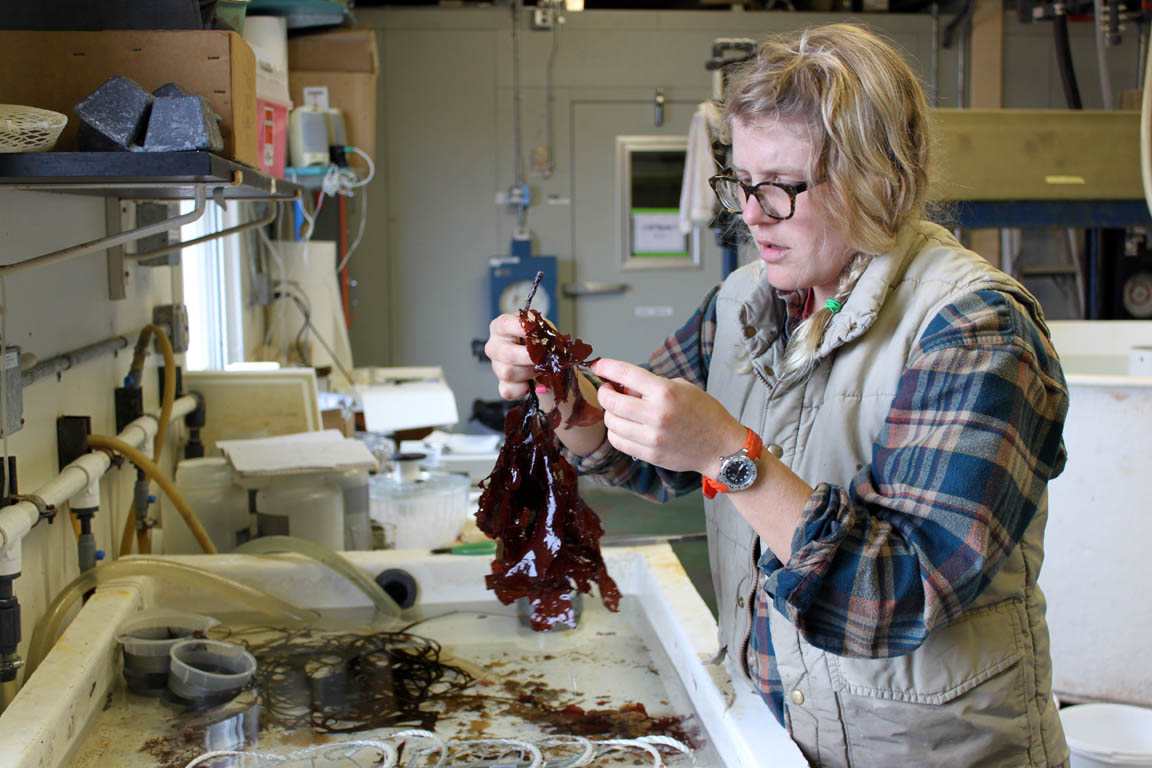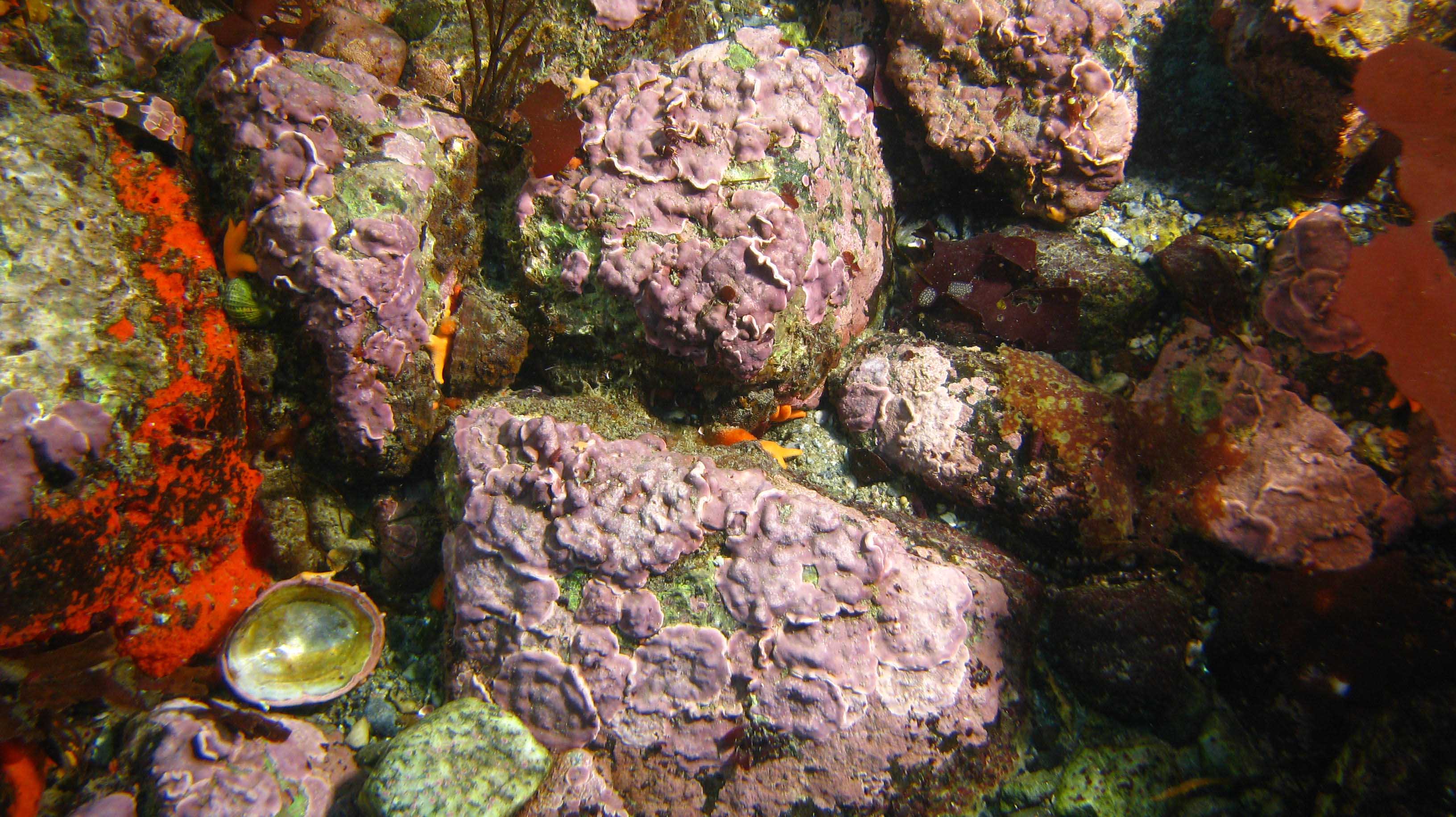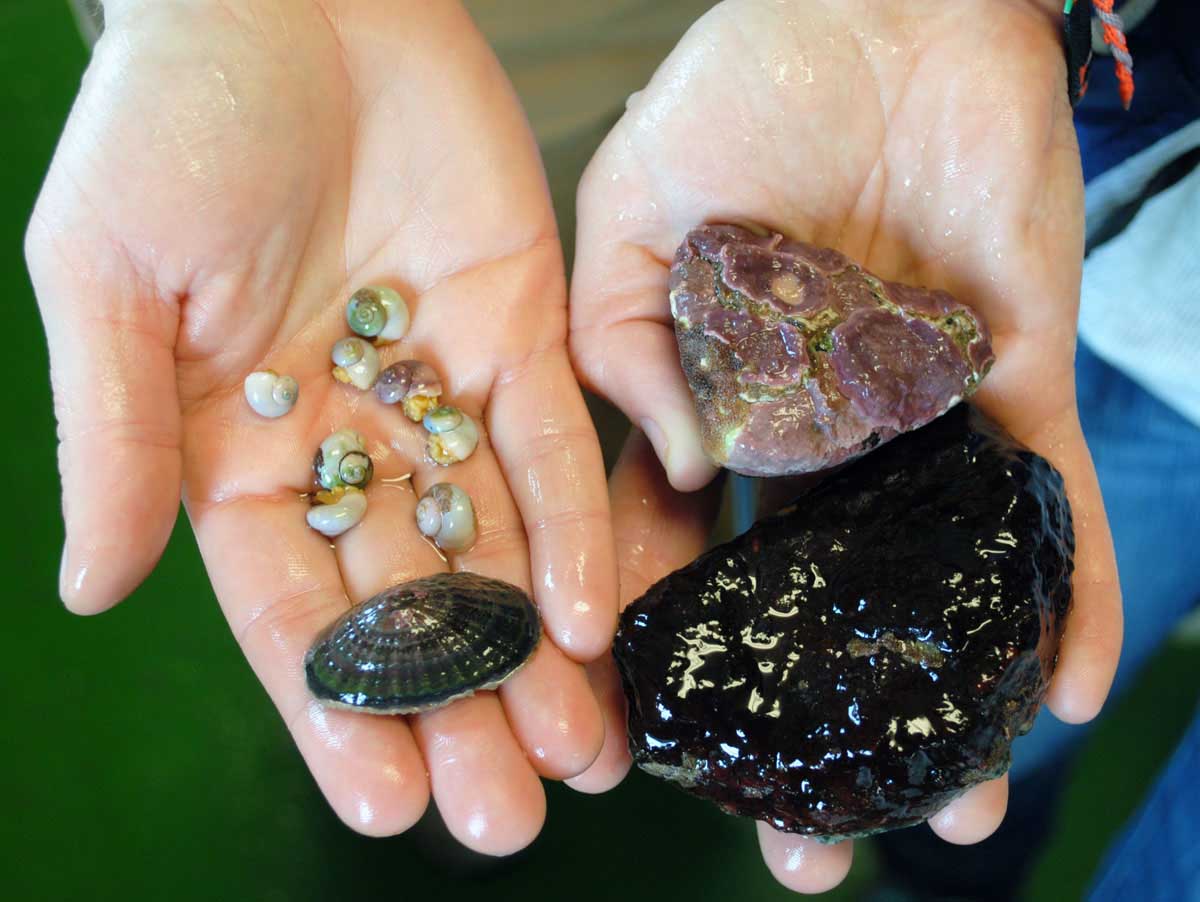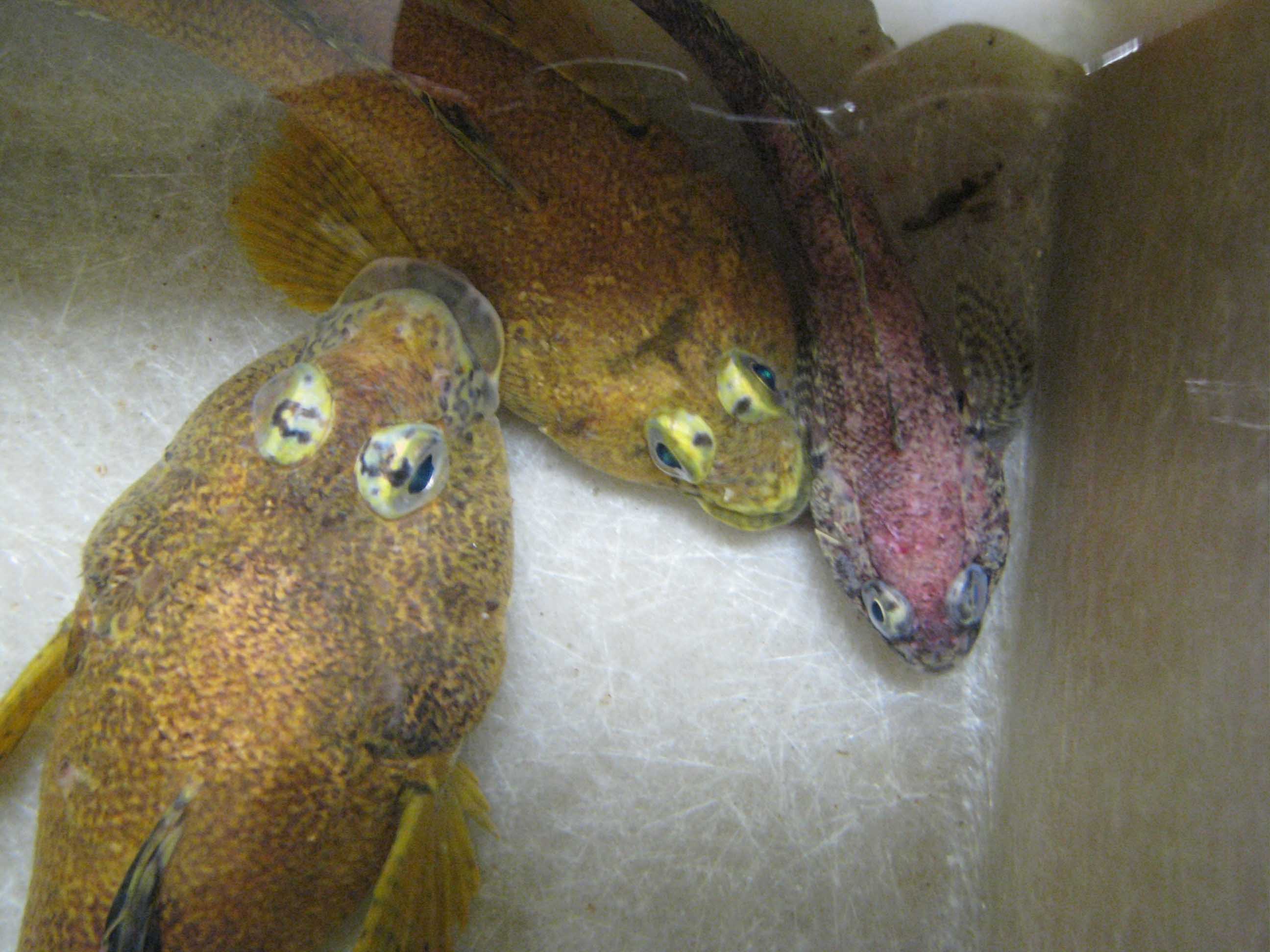
Every Sunday morning on station Julie and I plus a few station folks gather around to make Thai porridge which we then eat while watching Bobs Burgers for Sunday Morning cartoons up in the Lounge. This morning we watched one of my favorite episodes, "An Indecent Thanksgiving Proposal". In this episode they play CSI thanksgiving with the turkey carcass and come to the conclusion that the feast-centered holiday is a serial killer, chopping off the head every year. This notion got me thinking about how we play CSI Antarctica down here sometimes.
Now it's not the same of course, there's no crime scene and people are not the subject of our investigations. But we do use a variety of clues to answer our questions and we do this using sophisticated SCIENTIFIC TECHNIQUES, just like CSI. If only we could afford the equipment and technicians that those shows boast, jeepers we'd have some fast and plentiful data on our hands.
In Antarctic we mostly do reconnaissance and then we bring our suspects into the lab to freeze or preserve, and then follow through with our fancy techniques at UAB or in cooperating labs at other institutions.
Here's some of the sleuthing work that we do:
CASE #1: The case of the cryptic red algae
For a few years a friend and colleague of Chuck's has been asking about a specific red algae that didn't seem to belong in the genus Acanthococcus and is being reassigned to Cystoclonium (I'm interrogating an entirely different red algal supsect in image above). Phycologists always switch names around once they weed through the genetic evidence for a species, which were probably defined by their morphology and reproductive structures originally. SO we've been looking for this specific species in all of its various reproductive forms (red algae are trisexual so three forms- non-fertile, carposporophyte, and tetrasporophyte) for quite some time.
We searched deep and shallow, across many different dive sites and finally this year we found it in all its various reproductive states. Chuck and Maggie have preserved each form in silica gel and formalin and we're sending the preserved evidence back to the states to be identified in the colleague's lab. You can run but you can't hide – for long......

CASE #2: The case of the identical coralline algae
Coralline algae are key players in a few of my experiments down here; the ocean acidification microcosms and the invertebrate settlement experiment. One issue has come up in these experiments though, and that is coralline algae are very hard to distinguish from each other. They are pink, hard and crustose and grow (very slowly) on rocks and bedrock in the subtidal. They basically look like hard bubble gum bits glued to where it lives (see my underwater pic left).
In previous years I classified five different morphologies from the area around Palmer Station but there are at least seven known different species in Antarctica. All coralline algae are identified through their reproductive structures which can only be seen in a clean cross-section using a scanning electron microscope. This is not a microscope that we have on station, and corallines have calcified cell walls so a "clean" cross-section really has to be done with something sharper than a razor blade. That science tool is also not on station. So, to identify these morphotypes I have taken genetic samples from suspects who will then go under the "special knife" of a colleague in Spain who is very good at identifying coralline algae. This will hopefully give us an accurate genetic and morphological ID for each suspect, and then each species down here. These guys won't be able to hide from us much longer either.

CASE #3: The case of differential gene expression
For the past two years Julie and I have been running microcosm experiments in the station Aquarium Building. Our main goal is to look at the physiological response of our various organisms to the predicted environmental conditions for 50-100 in the future. Physiological parameters like growth, photosynthesis, and behavior are measured in the lab using weights or surface area, my friend PAM, or by video-taping behavioral response.
A colleague of Jim McClintock's is also interested in the physiological response of these organisms, but on a finer scale: gene regulation across environmental conditions determined through differential production of RNA – a molecule encoding the amino acid sequences of proteins. Variation in production of specific proteins may capture a metabolic response of the organisms that we would not see in our other measurements. So we sample our suspects (like those from last year above: snails, limpets and corralines) and place them in a special scientific solution, then store in the -20C freezer until shipped home to UAB for further 'interrogation'.

We're certainly not the only people on station doing this kind of investigative who/what is responsible work. Another science group researches ice fish looking at protein synthesis in these fish. As explained in an earlier post, ice fish don't have the oxygen carrier hemoglobin so don not have red blood. They have clear blood because they have a different kind of oxygen carrier, which is less efficient, and as such requires production of different proteins. SO these researchers are taking their suspects, drawing the fishy blood and looking at the various proteins present to see if there is a metabolic benefit to being an icefish vs. a rockfish (the other very common Antarctic fish) given the difference in the molecular oxygen carrier.
Pretty cool stuff and the benefit is that the organisms we work with can't interfere with our investigation; they can't destroy any evidence before we get to the scene!